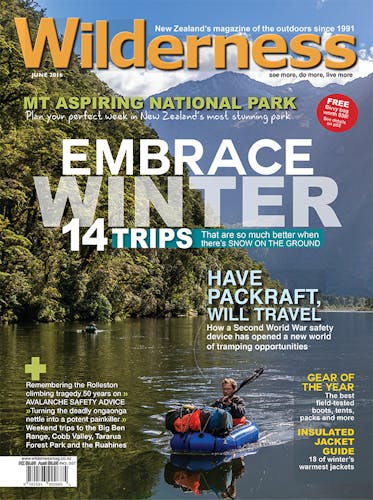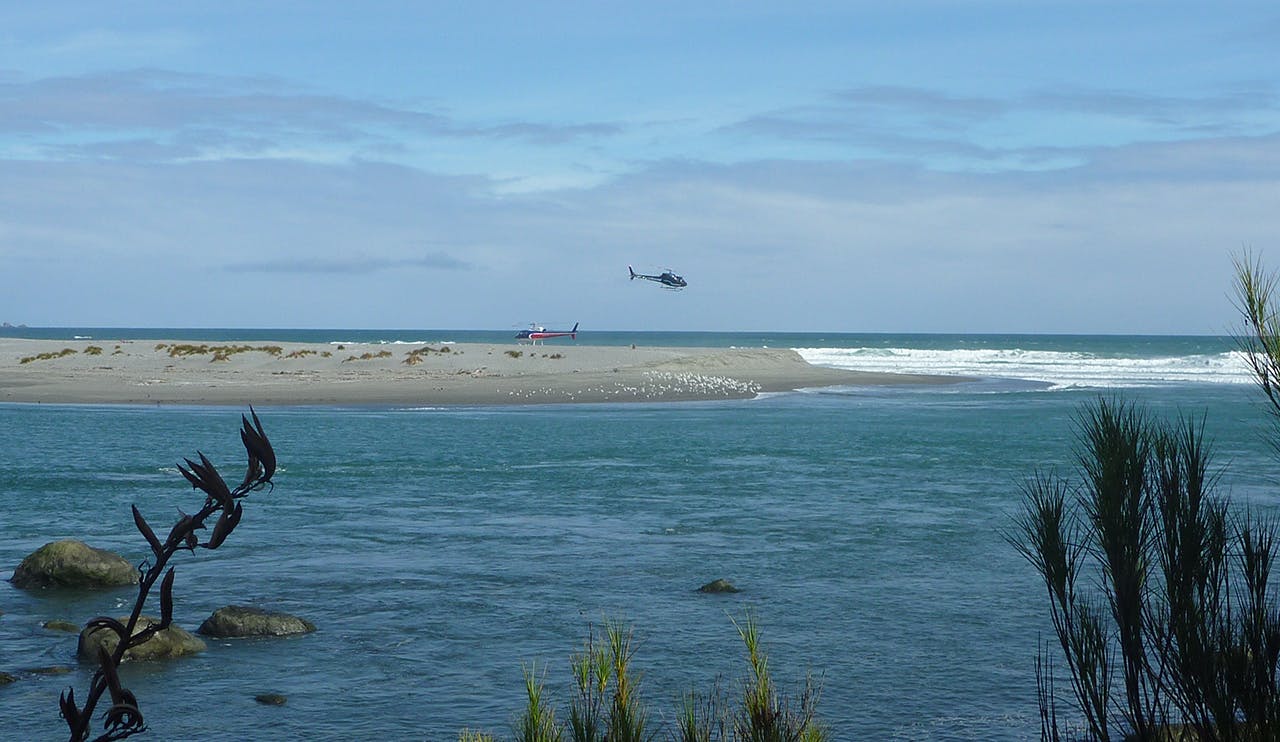Letter of the month
Not only the ‘next generation’ lacking hut etiquette
In his article ‘The death of hut decorum’ (April 2016), Mike Evans laments the loss of hut etiquette. Isn’t hut etiquette considered superior to regular etiquette? His appalling experiences are way below regular, but sadly not unique.
One aspect of his article I would take exception to is his closing question, in which he points his finger at the ‘next’ generation.
Lake Howden Hut, where Evans encountered the bourbon-drinking hunters, is a great destination and being only a two-hour walk from the road, is popular with families. Over Easter three years ago, I was volunteer hut warden there. Three dads, three lads between 11 and 16, were joined by a mum, her friend and her teenage daughter. Each group took one of the two rooms, and a normal hut evening looked likely.
Enter two middle-age male trampers, who initially didn’t come in, but sat drinking beers on the deck. After a while, I introduced myself and on asking if they were staying they answered “maybe”. They kept drinking.
Well after dark, they finally came in, and I asked them again if they were staying. They ignored me and kept drinking. Later they volunteered that they had no hut tickets and, as Kiwis, were refusing to pay a hut fee. And they kept drinking. A warden at a remote hut, especially at night, has limited options, and avoiding a confrontation with two drunks and getting everyone through the night without harm was front of mind.
About two the morning I was awoken by the mother. One of the men was now in the bunk above her daughter, the other, conscious but unable to stand, was on the common area floor. Merely the potential that he would move to the bunkroom was terrifying the teenage girl. The mother asked if their group could move into the warden’s quarters with me. That was strictly against DOC policy so I woke the dads and asked them to make room with their boys.
Next morning, they all moved on and I wondered if a mum, her friend and daughter have ventured into the backcountry since. What must they, the young lads, and their dads, be thinking of the older generation?
– Mark Racle, email
– Mark wins a NZ Natural Care package worth $90 from www.outwear.co.nz. Readers, send your letter to editor@lifestylepublishing.co.nz for a chance to win.
Thanks for the ideas
Two weeks ago, six of us spent a wonderful week tramping in the Barrier Range, Ahuriri Conservation Park.
We had seven days of good weather, camped out six nights, saw great scenery, climbed a few serious hills and didn’t run into too many people. In the end, we all agreed that we love this high country, being lads from the Waikato and Sydney.
So this letter is to say thanks to Wilderness for including a section on the Barrier Range in the now distant June 2013 issue. The map and page of highlights were tempting and that’s why we ended up there. It seems to be an area that few from the North Island get to or know about.
We plan to go and enjoy some other areas the magazine has shared next year.
– Alan Grant, Cambridge
Be vocal on walking access
It’s been great to read recent coverage about walking access, notably on Mark Neeson’s work with the Walking Access Commission (Wild people, April 2016) and also the recent access problems for the Western Ruahine (‘None shall pass’, March 2016).
It’s highlighted welcome successes and people to whom we’re indebted for their efforts, but also some failures in current mechanisms for enabling public access to interesting places.
It’s apt to point out that when passing the Walking Access Act in 2008, Parliament required that it be reviewed after 10 years to determine its effectiveness and if further law changes are needed to make it work better. This review is due in 2018, after which no further review is required.
Where people have opinions about access issues, I’d urge them to be proactive about making those thoughts known to the Minister of Conservation, the Walking Access Commission, and any Members of Parliament who will listen. When doing so, point out that the review will soon occur, and that it may be a good chance to improve things. Without evidence of genuine interest, or if the review’s terms of reference fail to consider problems of significance to users, it could become a rubber-stamping of the status quo. That would be a wasted opportunity.
– Mike McGavin, email
Chopper noise in remote locations
The discussion on the plundering of New Zealand’s natural scenic resource, protected and funded by New Zealanders, is very timely indeed (‘Tourism requires social license’, May 2016).
We happened to be in Martins Bay on the Hollyford Track in early April this year and witnessed an example of helicopter operators destroying the peace and beauty in this idyllic spot.
Two helicopters landed on the sandspit opposite Martins Bay Hut and then took off and landed right beside the track to Big Bay, adjacent to the seal colony.
Surely this behaviour is not sanctioned by DOC? I feel it is just one example of an out of control, income-driven commercial entity set on destroying the outdoors experience of a significant portion of both local and overseas tourists.
– Wren Bracegirdle, email
Names that don’t distinguish
Names are supposed to distinguish places, yet Otago has three Bridal Veil Falls and one Brides Veil Falls. Whose idea was that? I imagine we should blame a bunch of wet, cold shepherds who laboured on the dream of their far-away sweethearts. The only trouble with this theory is how it might apply to The Nuns Veil in Canterbury.
Do Wilderness readers have any thoughts?
– Ben Armitage, email







